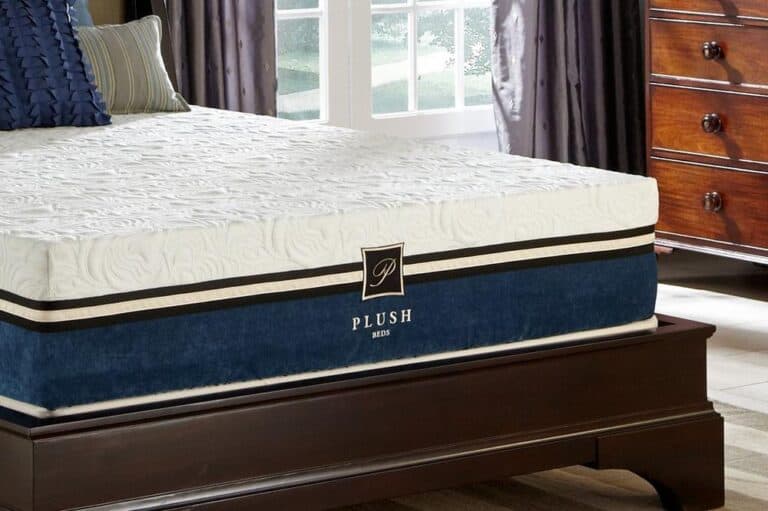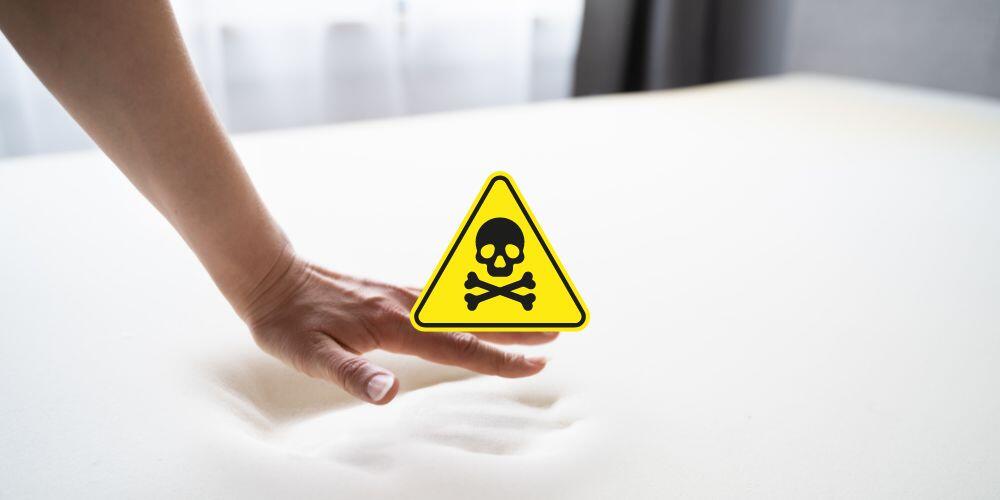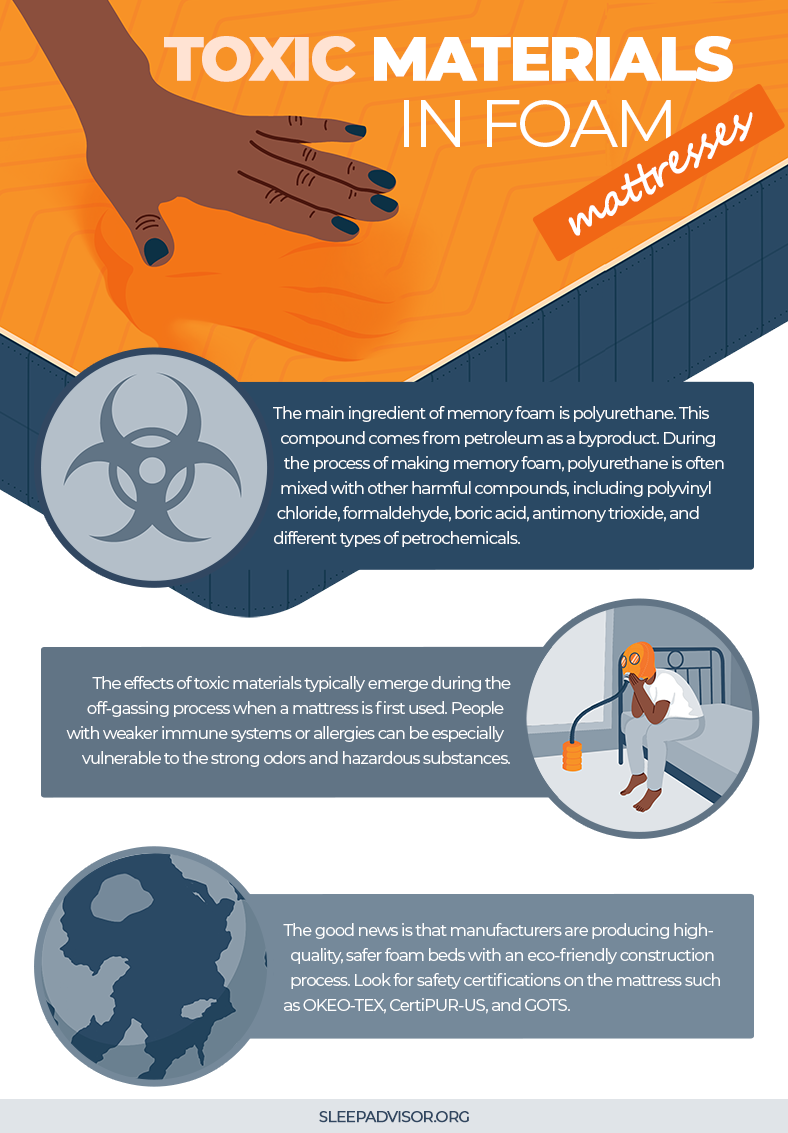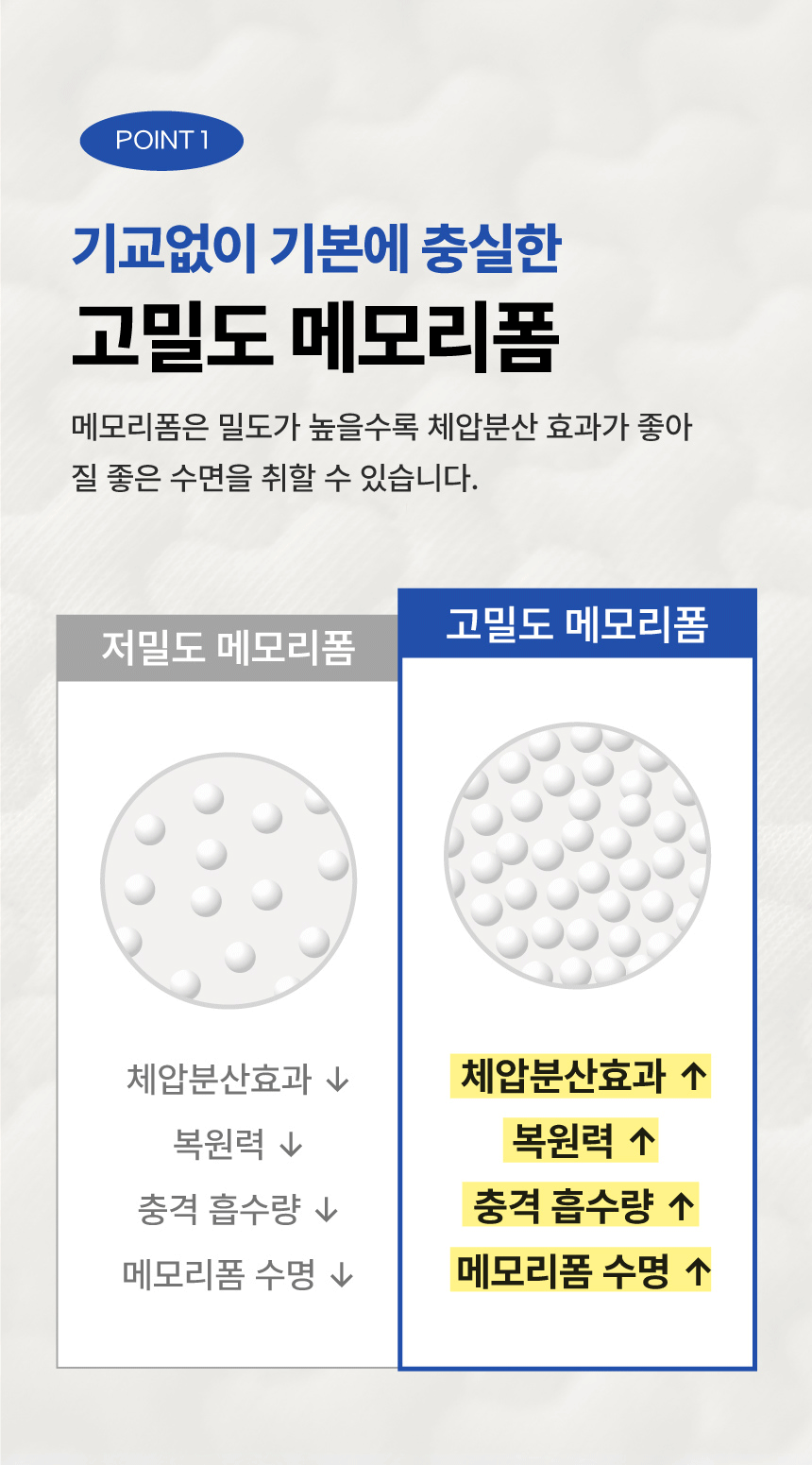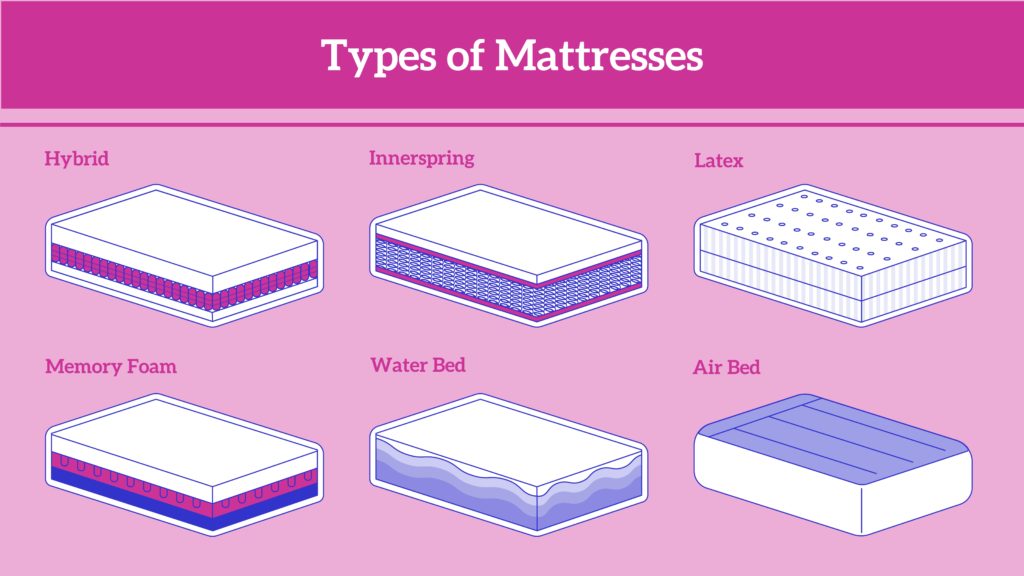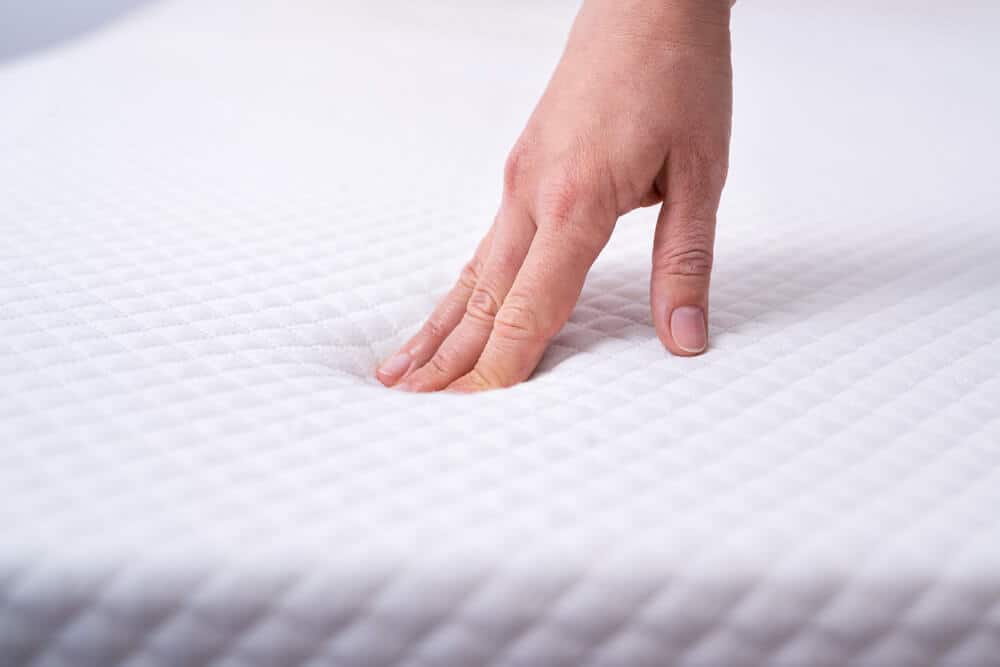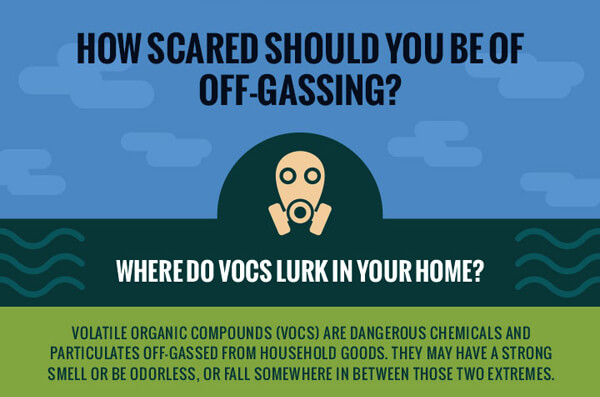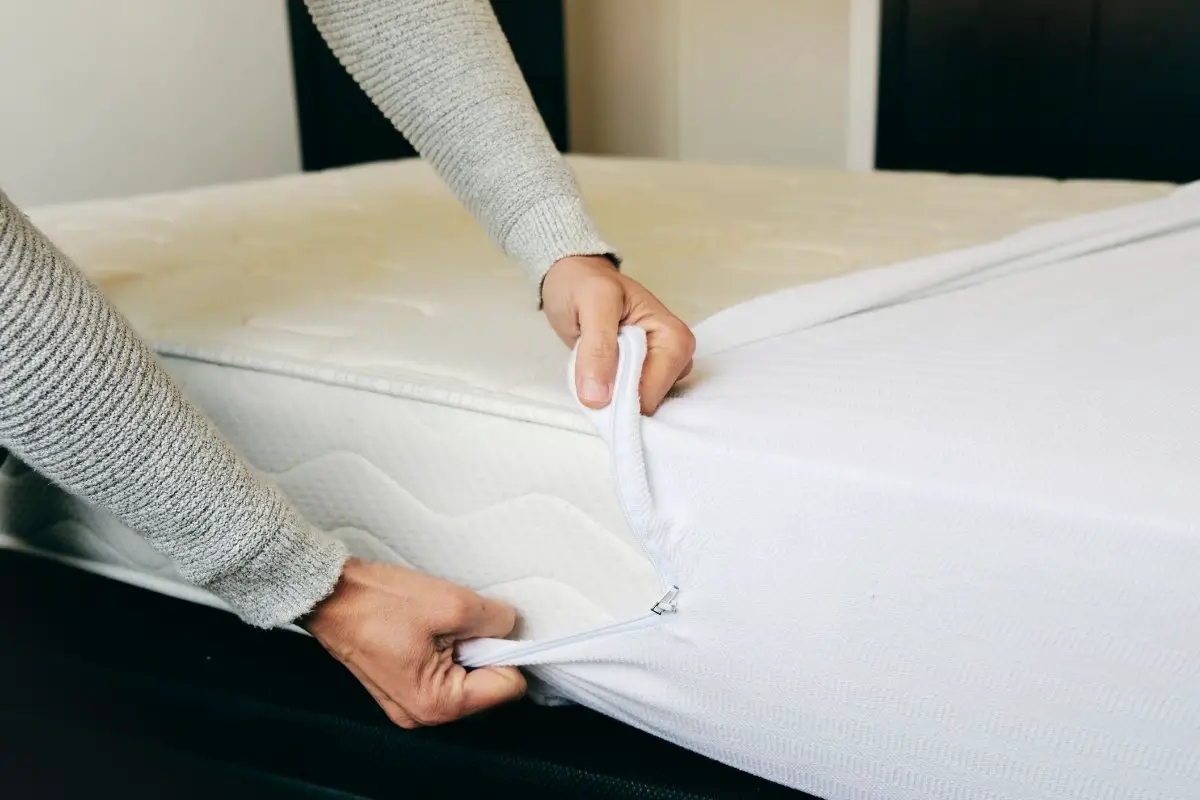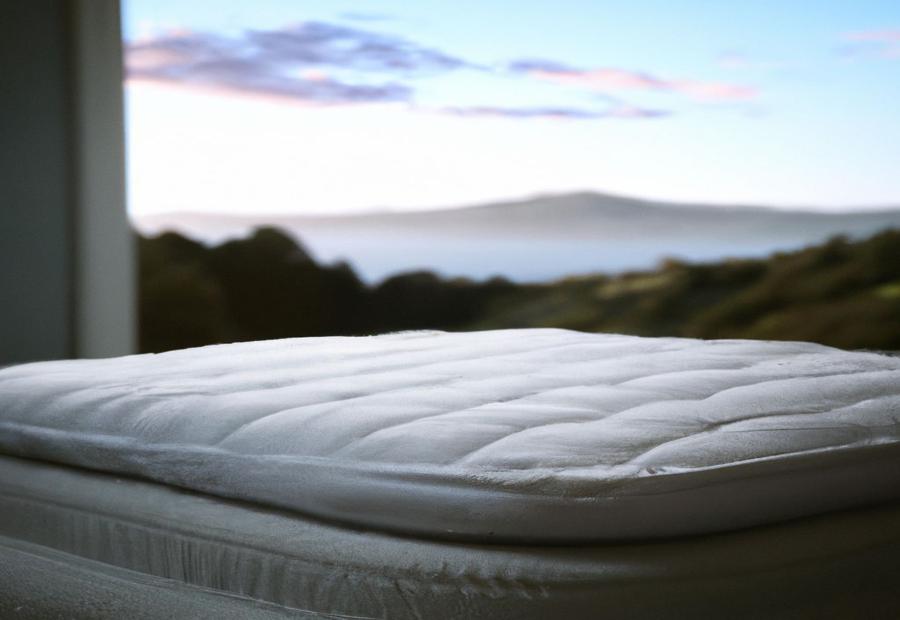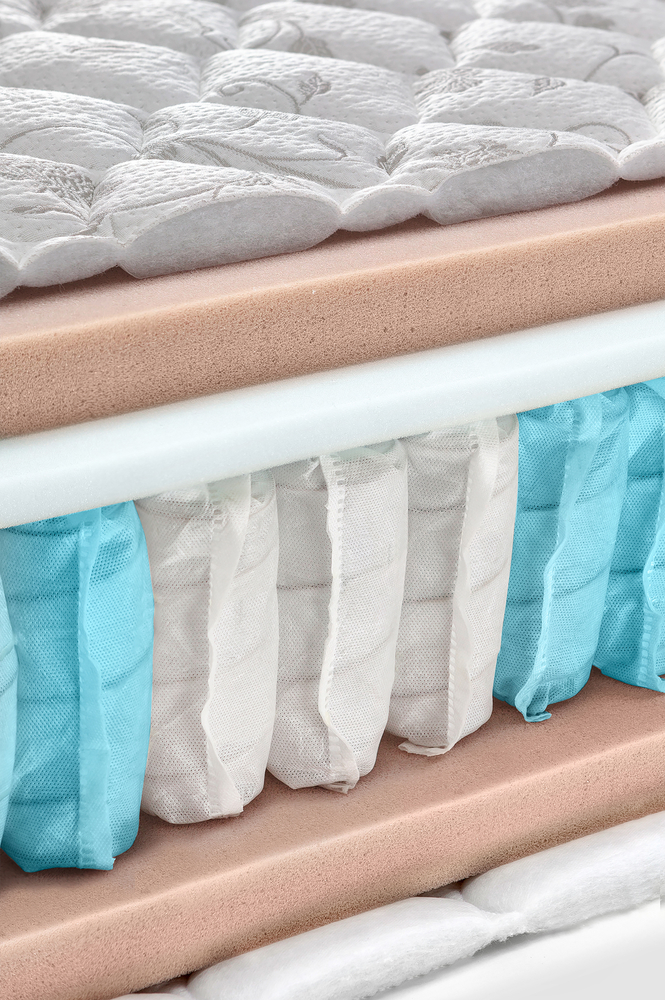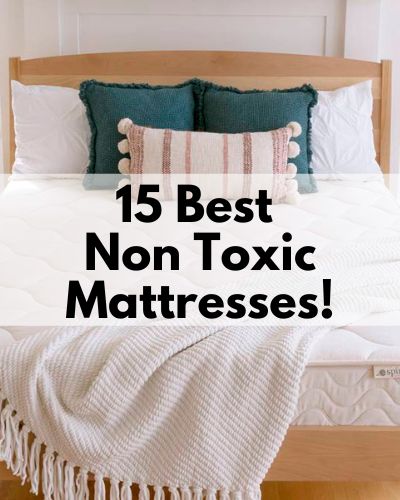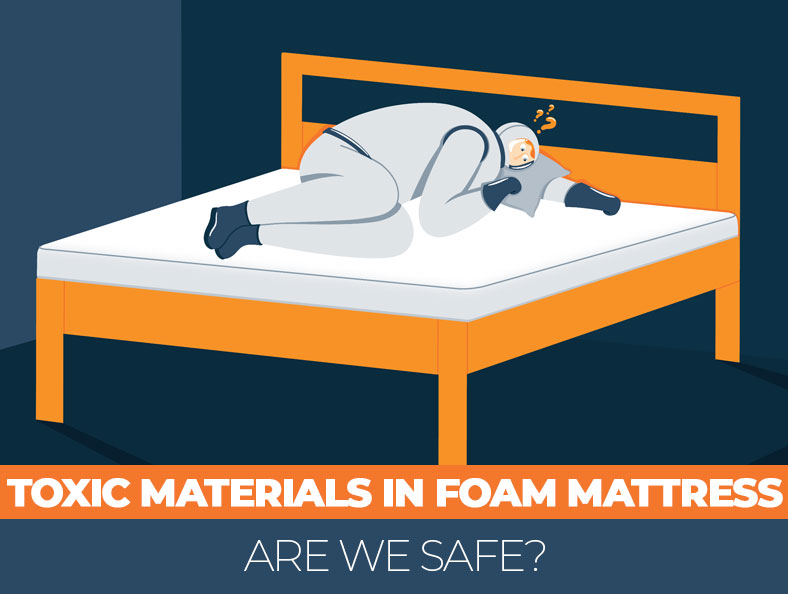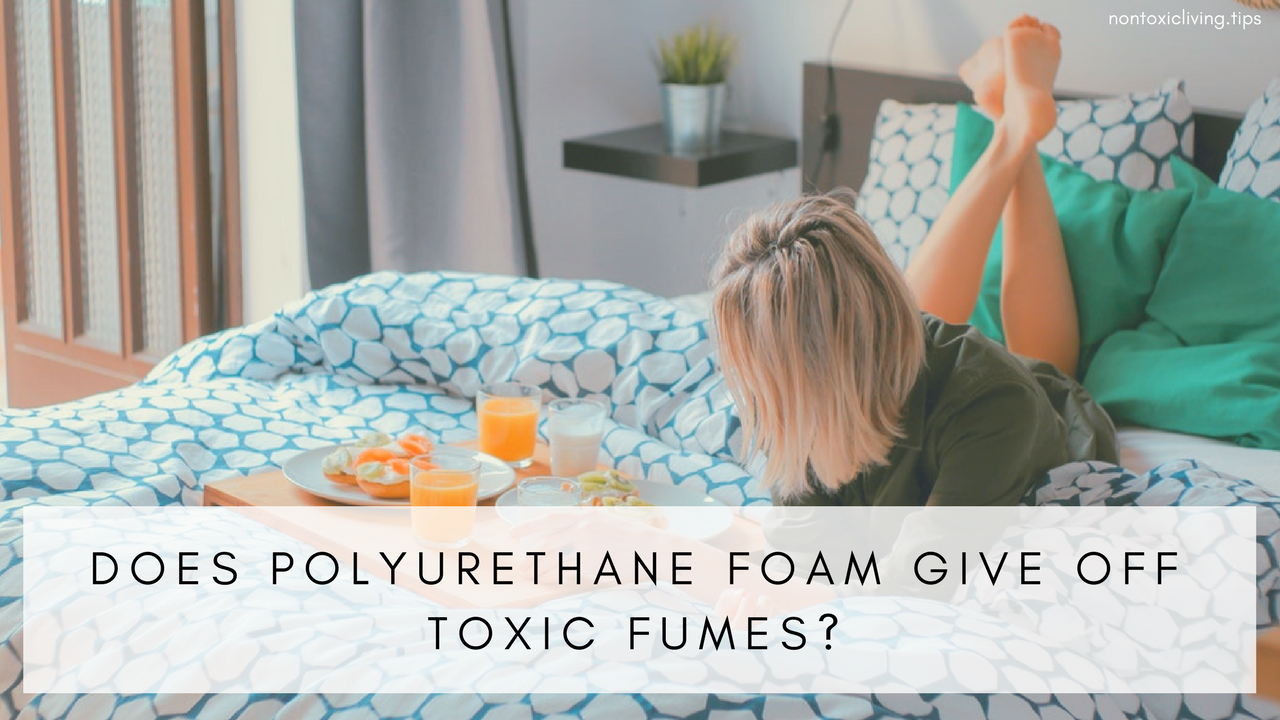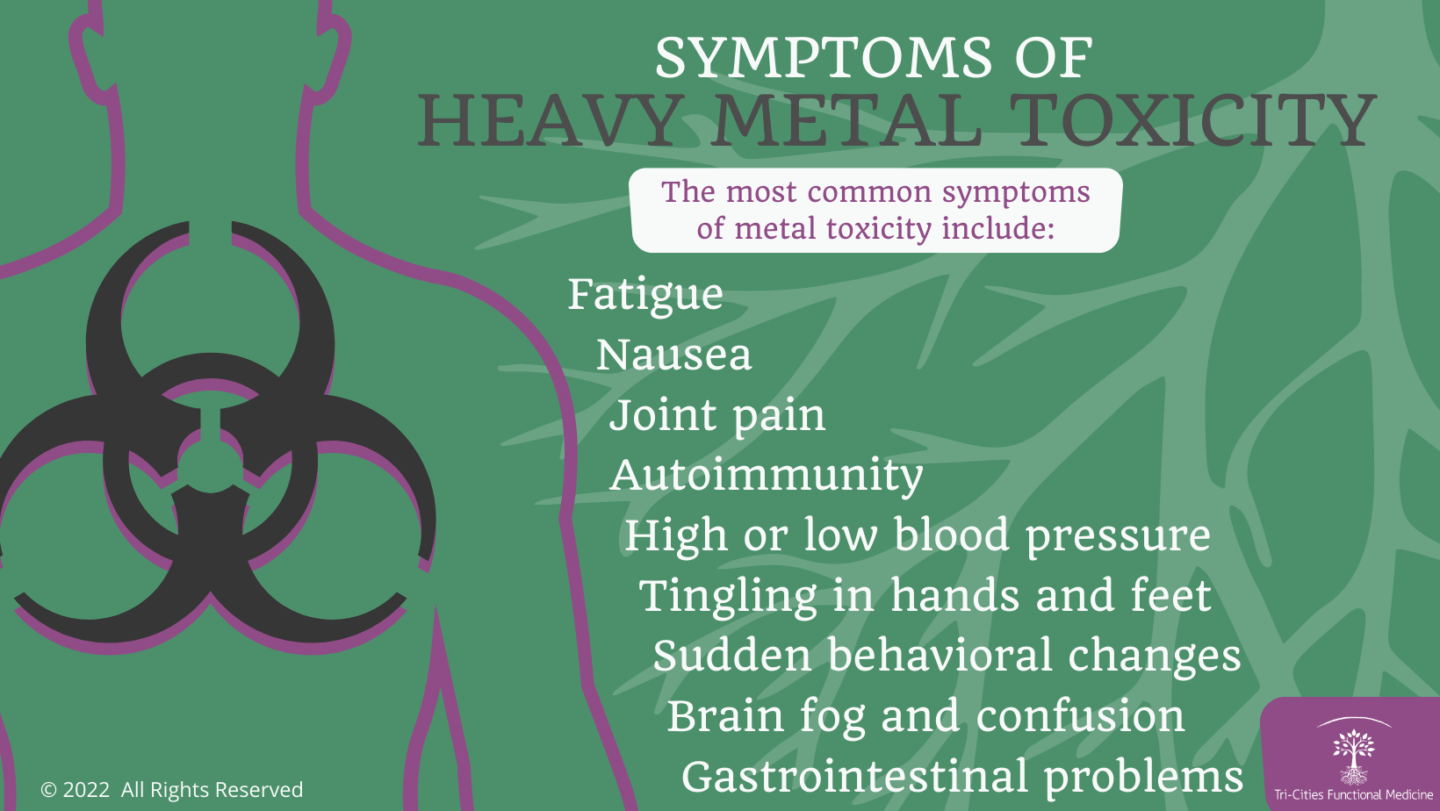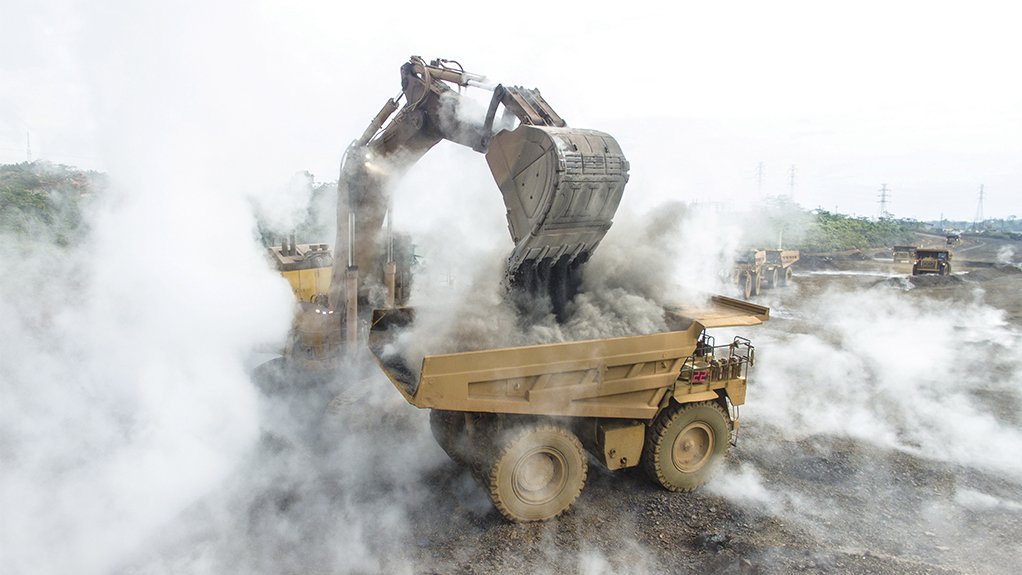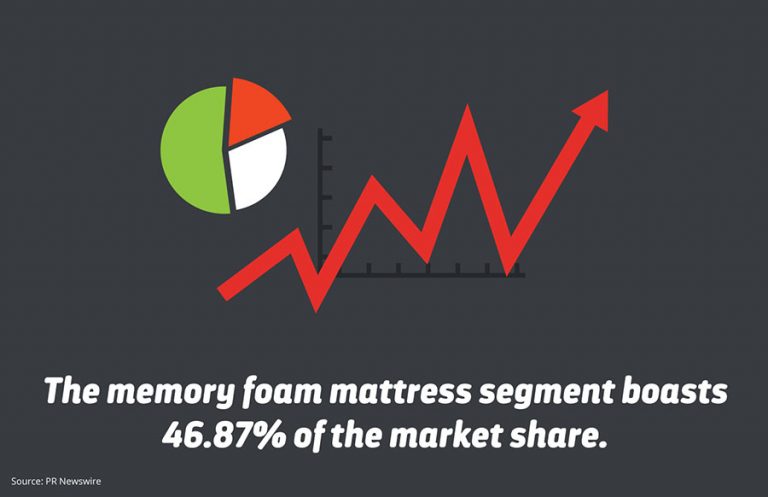Memory foam mattresses have become increasingly popular in recent years due to their ability to conform to the body and provide pressure relief. However, what many people don't realize is that these mattresses can also release toxic fumes that can be harmful to your health. In this article, we'll discuss everything you need to know about memory foam mattress toxic fumes and how to protect yourself from them.Memory Foam Mattress Toxic Fumes: What You Need to Know
The most common way that memory foam mattresses release toxic fumes is through a process called off-gassing. This occurs when the chemicals used to make the mattress break down and release a gas into the air. To protect yourself from these fumes, it's important to choose a mattress with low VOC (volatile organic compound) levels. Look for mattresses that are CertiPUR-US® certified, as this means they have been tested for harmful substances.How to Protect Yourself from Toxic Fumes from Memory Foam Mattresses
The main chemicals used in memory foam mattresses are polyurethane and various flame retardants. Polyurethane is a petroleum-based material that gives the mattress its signature contouring feel. However, it can also release toxic fumes and has been linked to respiratory issues and skin irritation. Flame retardants are added to meet fire safety standards, but they can also release harmful fumes and have been linked to hormone disruption and other health issues.Understanding the Chemicals in Memory Foam Mattresses
While the chemicals used in memory foam mattresses may pose potential health risks, the amount of exposure to them can vary. Some people may experience symptoms when first using a memory foam mattress, while others may not have any issues at all. However, long-term exposure to these chemicals can have negative effects on your health, so it's important to be cautious.Are Memory Foam Mattresses Safe for Your Health?
Off-gassing from memory foam mattresses can release a variety of chemicals into the air, including formaldehyde, benzene, and toluene. These chemicals can cause irritation to the eyes, nose, and throat, as well as headaches, dizziness, and nausea. In some cases, long-term exposure can even lead to more serious health issues.The Dangers of Off-Gassing from Memory Foam Mattresses
If you're in the market for a new mattress but still want the comfort of memory foam, there are some things you can look for to minimize your exposure to toxic fumes. As mentioned before, choose a mattress that is CertiPUR-US® certified and has low VOC levels. You can also opt for a plant-based memory foam mattress, which uses natural oils instead of petroleum-based materials.How to Choose a Non-Toxic Memory Foam Mattress
Despite the potential risks, memory foam mattresses remain a popular choice for many people. However, it's important to be aware of the potential for toxic fumes and take steps to protect yourself and your family. This includes choosing a non-toxic mattress, airing out your mattress before use, and keeping your bedroom well-ventilated.The Truth About Memory Foam Mattresses and Toxic Fumes
If you're experiencing any symptoms that you think may be related to your memory foam mattress, it's important to consult with a doctor. Some common symptoms of exposure to toxic fumes include headaches, dizziness, nausea, eye and throat irritation, and respiratory issues. These symptoms may vary from person to person and can range from mild to severe.Common Symptoms of Exposure to Toxic Fumes from Memory Foam Mattresses
In addition to choosing a non-toxic mattress, there are some other steps you can take to reduce your exposure to toxic fumes. These include airing out your mattress for a few days before use, using a mattress protector, and keeping your bedroom well-ventilated. You can also consider using an air purifier to help filter out any harmful chemicals in the air.Tips for Reducing Exposure to Toxic Fumes from Memory Foam Mattresses
If you're concerned about the potential risks of memory foam mattresses, there are plenty of alternatives to consider. Latex mattresses are a popular choice for those looking for a more natural and eco-friendly option. They offer similar pressure-relieving benefits as memory foam but without the use of harmful chemicals. Hybrid mattresses, which combine memory foam with innerspring coils, are also a good option for those looking for a comfortable and supportive mattress without the risk of off-gassing. In conclusion, while memory foam mattresses can provide a comfortable and supportive sleep surface, it's important to be aware of the potential risks of toxic fumes. By choosing a non-toxic mattress and taking steps to reduce your exposure, you can enjoy the benefits of memory foam without compromising your health.Alternatives to Memory Foam Mattresses for a Healthier Sleep
The Dangers of Memory Foam Mattresses: Toxic Fumes and Your Health

The Rise of Memory Foam Mattresses
 In recent years, memory foam mattresses have become increasingly popular for their comfort and support. This type of mattress is made from a material called polyurethane foam, which molds to the shape of your body and provides pressure relief. However, with this rise in popularity, concerns have also been raised about the potential health hazards of memory foam mattresses. One of the most concerning issues is the emission of toxic fumes, also known as volatile organic compounds (VOCs).
In recent years, memory foam mattresses have become increasingly popular for their comfort and support. This type of mattress is made from a material called polyurethane foam, which molds to the shape of your body and provides pressure relief. However, with this rise in popularity, concerns have also been raised about the potential health hazards of memory foam mattresses. One of the most concerning issues is the emission of toxic fumes, also known as volatile organic compounds (VOCs).
The Hidden Dangers in Your Bedroom
 You may not realize it, but your bedroom could be harboring hidden dangers. Memory foam mattresses are known to emit toxic fumes, which can have detrimental effects on your health. These fumes are released from the chemicals used in the production of polyurethane foam, such as formaldehyde, benzene, and toluene. These chemicals can cause a range of health issues, including respiratory problems, headaches, and even neurological disorders.
You may not realize it, but your bedroom could be harboring hidden dangers. Memory foam mattresses are known to emit toxic fumes, which can have detrimental effects on your health. These fumes are released from the chemicals used in the production of polyurethane foam, such as formaldehyde, benzene, and toluene. These chemicals can cause a range of health issues, including respiratory problems, headaches, and even neurological disorders.
The Impact on Indoor Air Quality
 Indoor air quality has become a growing concern in recent years, as we spend more time indoors than ever before. Unfortunately, memory foam mattresses can contribute to this problem, releasing potentially harmful chemicals into the air we breathe. These toxic fumes can linger in the air for weeks, or even months, posing a risk to our health and well-being.
In fact, a study conducted by the Environmental Protection Agency (EPA) found that indoor air pollution levels can be 2-5 times higher than outdoor levels, and in some cases, even up to 100 times higher.
This is a cause for concern, as we spend a significant amount of time in our bedrooms, breathing in these toxic fumes while we sleep.
Indoor air quality has become a growing concern in recent years, as we spend more time indoors than ever before. Unfortunately, memory foam mattresses can contribute to this problem, releasing potentially harmful chemicals into the air we breathe. These toxic fumes can linger in the air for weeks, or even months, posing a risk to our health and well-being.
In fact, a study conducted by the Environmental Protection Agency (EPA) found that indoor air pollution levels can be 2-5 times higher than outdoor levels, and in some cases, even up to 100 times higher.
This is a cause for concern, as we spend a significant amount of time in our bedrooms, breathing in these toxic fumes while we sleep.
Protecting Yourself and Your Family
 The good news is, there are steps you can take to protect yourself and your family from the potential dangers of memory foam mattresses. One option is to choose a natural or organic mattress made from materials such as cotton, wool, or natural latex. These materials are free from harmful chemicals and provide a safer and healthier sleeping environment.
If you already have a memory foam mattress, there are a few things you can do to reduce your exposure to toxic fumes.
First, make sure to regularly air out your bedroom by opening windows or using a fan to circulate fresh air.
You can also look for memory foam mattresses that are certified by third-party organizations, such as CertiPUR-US, which ensures that the mattress is free from certain harmful chemicals.
The good news is, there are steps you can take to protect yourself and your family from the potential dangers of memory foam mattresses. One option is to choose a natural or organic mattress made from materials such as cotton, wool, or natural latex. These materials are free from harmful chemicals and provide a safer and healthier sleeping environment.
If you already have a memory foam mattress, there are a few things you can do to reduce your exposure to toxic fumes.
First, make sure to regularly air out your bedroom by opening windows or using a fan to circulate fresh air.
You can also look for memory foam mattresses that are certified by third-party organizations, such as CertiPUR-US, which ensures that the mattress is free from certain harmful chemicals.
Don't Sacrifice Your Health for Comfort
 While memory foam mattresses may provide a comfortable and supportive sleeping surface,
it's important to consider the potential health hazards associated with them.
By being aware of the dangers and taking necessary precautions, you can still enjoy a good night's sleep without compromising your health. Remember, your bedroom should be a place of relaxation and rejuvenation, not a source of toxic fumes.
While memory foam mattresses may provide a comfortable and supportive sleeping surface,
it's important to consider the potential health hazards associated with them.
By being aware of the dangers and taking necessary precautions, you can still enjoy a good night's sleep without compromising your health. Remember, your bedroom should be a place of relaxation and rejuvenation, not a source of toxic fumes.



